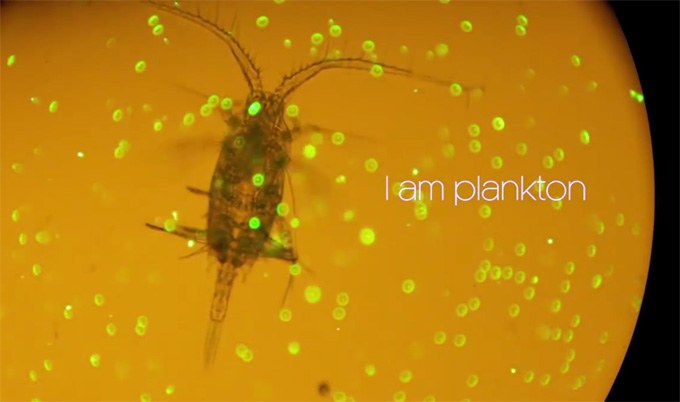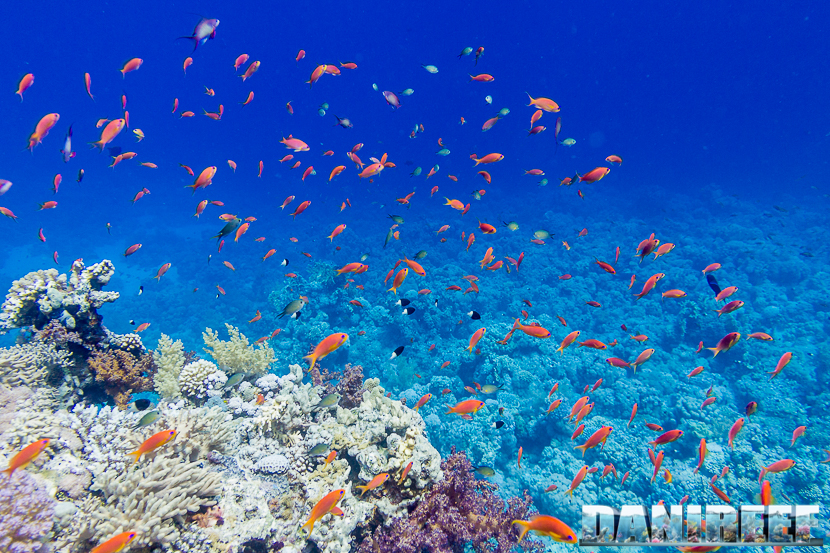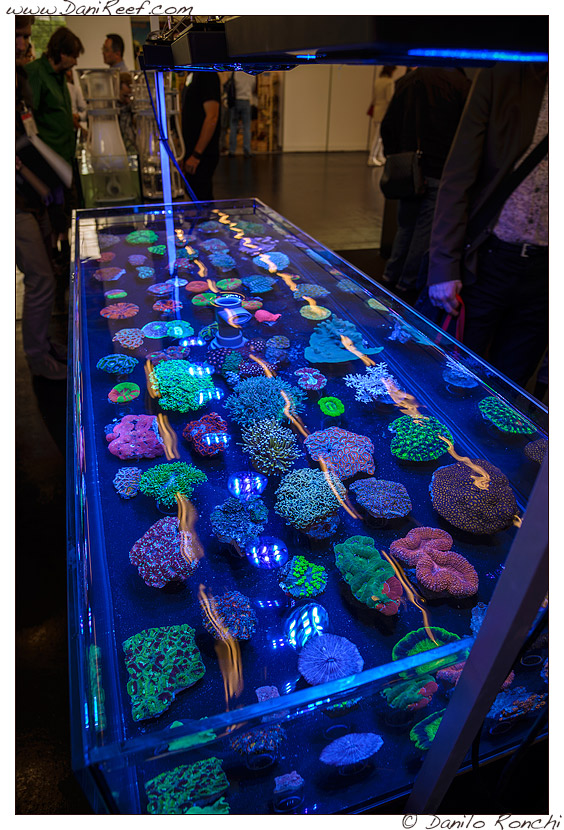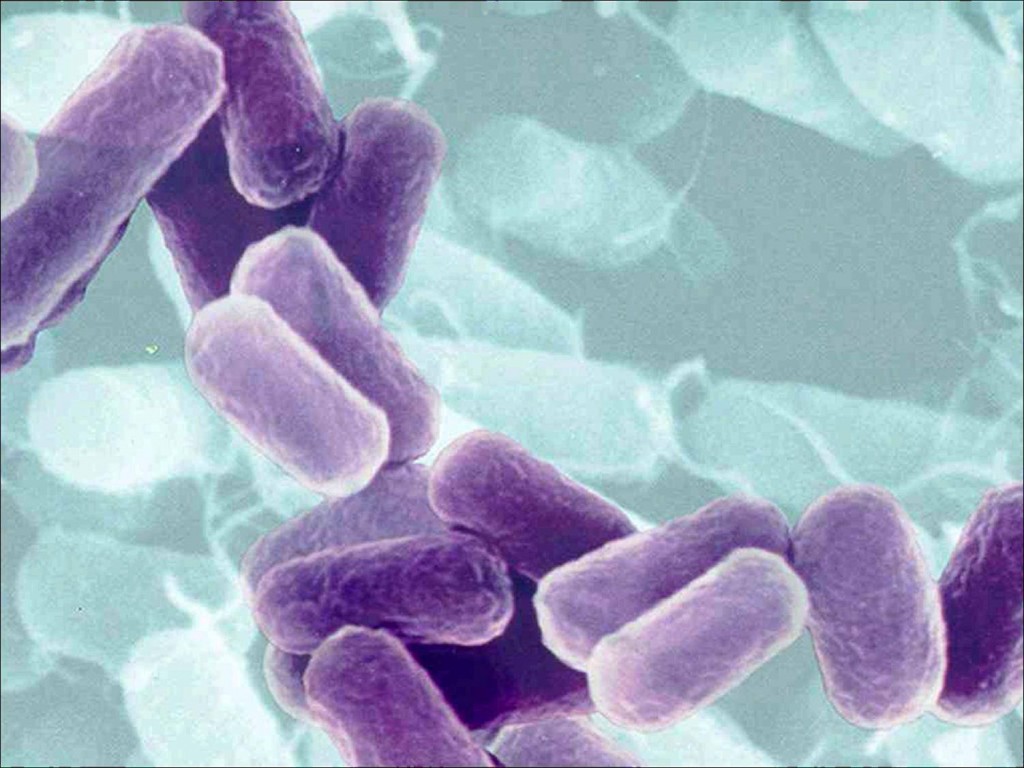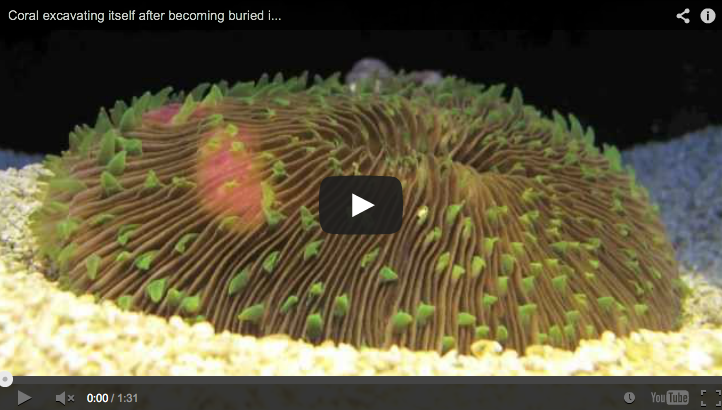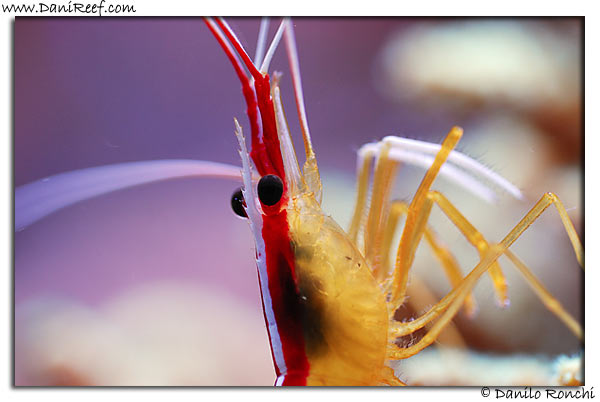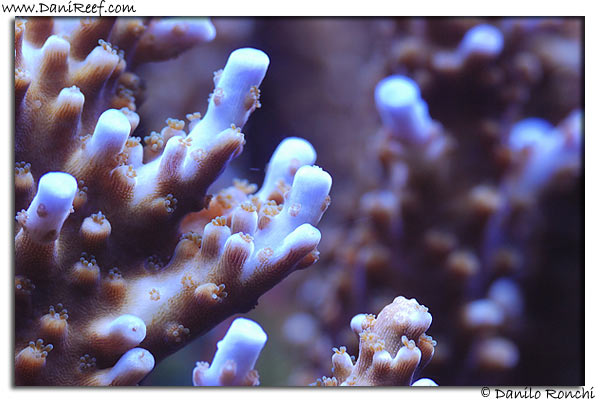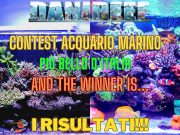CORALS
Home CORALS
New Corals from Korallen Zucht
During Interzoo we saw many and many things, but sure we was attracted from Corals by Korallen Zucht... great tank, as always, filled with...
Rhizotrochus typus
For English version please click here
Recentemente sono stato in un bellissimo negozio dove faceva mostra di se un corallo molto molto particolare....
Lysmata amboinensis… and not only…
For English version please click here
Qualche giorno fa ho beccato il mio Lysmata amboinensis che si faceva guardare e così ne ho...
Addio mia ENORME Acropora microphthalma; My huge A. microphthalma has left my home
For English version please click here
La mia Acropora microphthalma non c'è più! Fa bella mostra di se ora nella vasca di un...
Alcuni scatti alla mia vasca – some new pics of my tank
In molti mi chiedono spesso di mettere qualche nuova foto e così vi accontento :-)
Questo scatto è il più bello di tutti... i...
Il corallo scomparso
Questa mattina mi avvicino alla vasca, come faccio sempre come prima cosa appena alzato, per controllare lo stato delle talee... eh si perché...



